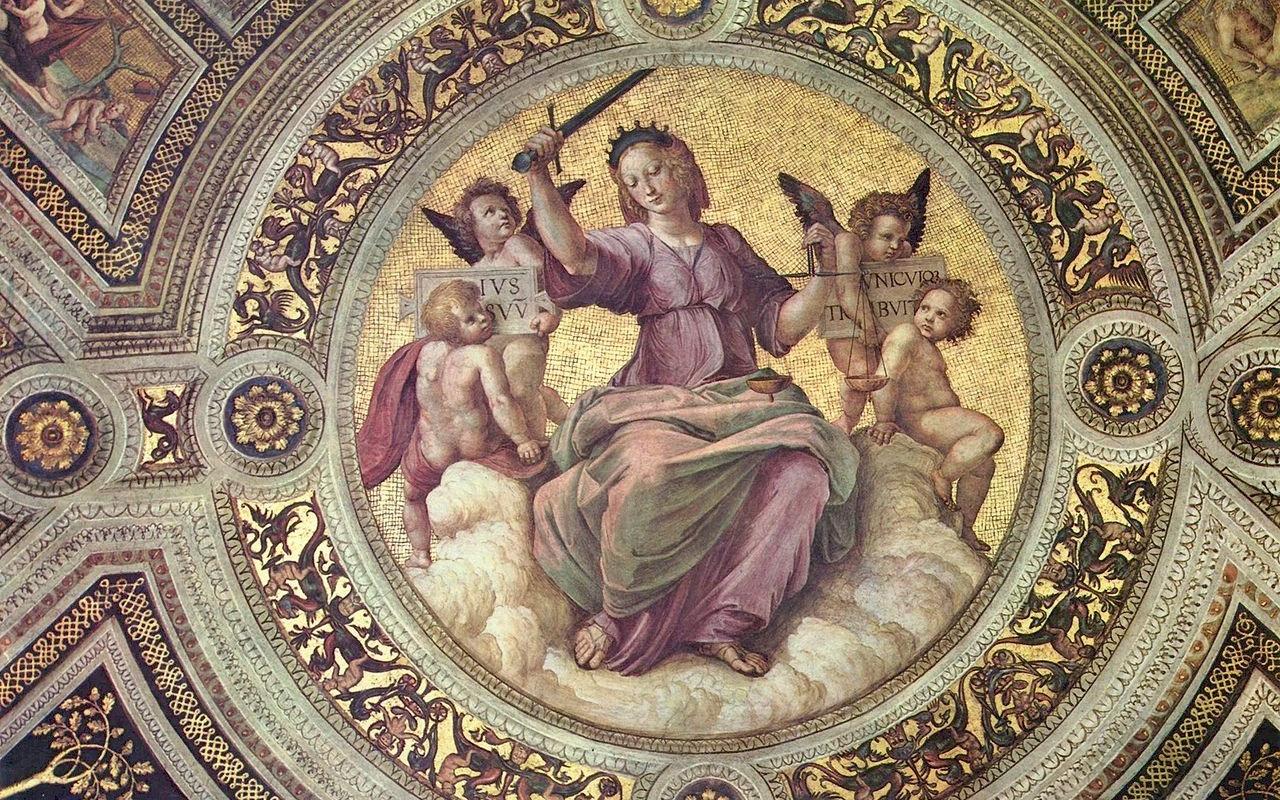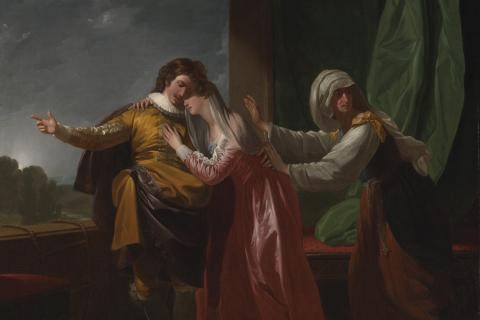
For the Christian, virtue and vice have less to do with self-actualization than the opportunity to use the fullness of our humanity to participate in the fullness of divine life.
One of the basic categories that informs the Church’s thinking about the human person comes from the first words that God reveals about humanity in the Book of Genesis: “Let us make man in our image, after our likeness” (1:26). Modern scholars of the Old Testament tell us that the Semitic mind likes to double things in order to fill out the concept being discussed, but that the words are intended usually to assert the same reality, as a sort of emphasis. Thus, to be made “in God’s image” and “after his likeness” are really the same reality, just described two different ways. The Fathers of the Church, however, read even the most minute details of Scripture as indicative of a detailed teaching that God wished to reveal. That is, for them, what it means to be made “in God’s image” is something distinct from what it means to be made “after his likeness.”
For the Fathers, being made “in the image of God” refers to the fact that even though we are embodied creatures, and thus share something in common with the rest of material creation, we are also spiritual creatures, and thus share something in common with God. This spiritual reality in us means that we are not just “traces” of God’s creative action which merely bear the mark of having been made by a Creator, but that we are in fact “images,” which share a real resemblance with the One whom we image. We resemble God in the fact that just as he knows and loves, so too can we know and love, and it is by this knowledge and love that humanity images God.
“Likeness,” is less static. It refers to the fact that as creatures endowed with intellect and will, we can make choices, and those choices contribute to how we live out our humanity. Choices make us grow more deeply into what and who we are, or they detract from what and who we are. The likeness of God in us grows, is deepened, and is perfected insofar as the choices we make conform to the life God has shared with us. That likeness can also be obscured insofar as we choose to distance ourselves from that life.
This is where the life of virtue comes in for the Christian. Even the pagan Greeks and Romans were able to see the fundamental truth that our choices contribute to who and what we are. They were even able to see that as humans we can, through repeated actions, develop habits which allow us to make certain choices more promptly, easily, and joyfully over time. Those habits which contribute to our flourishing as human beings they call virtues; those which detract from that flourishing they call vices. For the Christian, though, virtue and vice have less to do with self-actualization than the opportunity to use the fullness of our humanity to participate in the fullness of divine life. The life of virtue refers to the capacity of created human beings to live the divine life of the God who created them. Virtue was the way to enter more deeply into what it meant to be made “after the likeness” of God.
The reality of Original Sin interrupts this process by which we who are made in God’s image and after his likeness are able to choose and condition our choices in order to enter into the fullness of our vocation to participate in divine life. Sin obscures the constitutive elements of the image and the possibility of living in the likeness by darkening the intellect, weakening the will, and disordering the passions.
The Incarnation is the definitive divine response to human sin. In order to restore the image of God in humanity, to make possible once again participation in his likeness, God assumes human nature. That is, the one who is the “image of the unseen God” (Col. 1:15), comes to heal and restore those who were made in the image of the unseen God, and in whom that image was tarnished. Through its union with the Word, human nature is once again made capable of living in the likeness after which it was made. This is why the Church teaches that Christ reveals man to himself (Vatican II, Gaudium et spes 22). The Image himself comes to restore that which was lost; the Likeness himself comes to make possible once again man’s seeking after his true vocation.
The Incarnation does not affect only the human flesh of Christ, but the reality of the Mystical Body of Christ means that “from his fulness we have all received” (John 1:16). The Church has traditionally taught that Christ, in his humanity, has the fullness of human virtue. And He who is the Likeness of God could not have anything less. Those who are members of his Body, then, receive the strength and power to live in the likeness of God through Christ’s power, not as an exercise in self-perfection, but as a receiving from the fullness of what Christ is. This is what the Church calls the life of grace, a grace which both heals what is wounded by sin, but also elevates that which is created by God so as to participate in the life of the Creator.
The life of the Church is the ever-fuller manifestation of this fullness and that Christ gives: the ability to live out the likeness of God in us. What Christ has perfectly and completely, the Body of Christ, the Church, manifests in the diversity of its witnesses throughout history.
